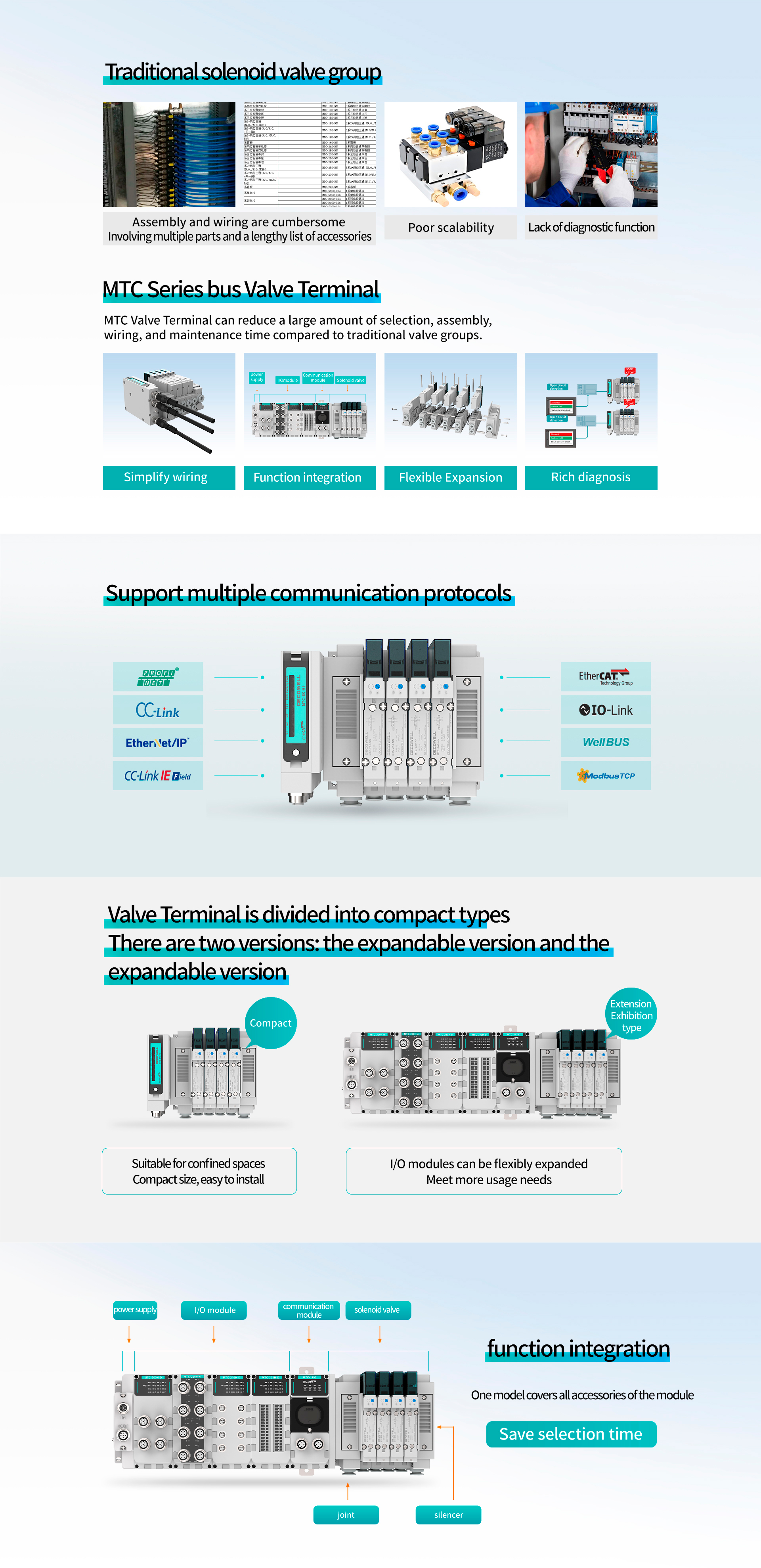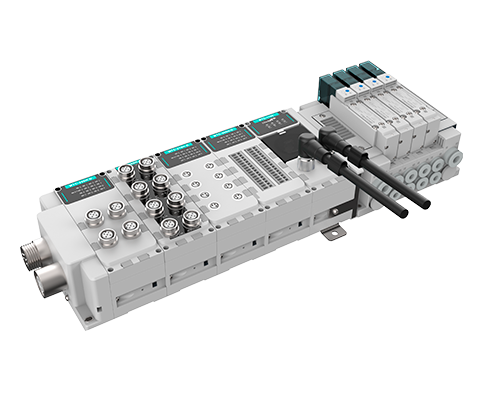Imagine standing before a grand orchestra, each instrument poised to create a symphony of motion; this is not so different from the inner workings of a valve terminal. Yet, within many industrial setups, the harmony is often disrupted. Concerns about reliability and efficiency arise—why do failures always occur during the most critical moments? Look, it’s simpler than you think: a valve terminal plays a pivotal role in automating systems. With the right selection, problems dissolve like mist at sunrise.

Traditional Solution Flaws
In the past, many companies relied on outdated mechanical systems. These traditional valve solutions often fell short—jams happened, and maintenance became a costly affair. One study indicates that over 30% of downtime in manufacturing can be attributed directly to the inefficiency of valves. This leads us to ponder, could there be a more reliable system that circumvents these pitfalls?
New Technology Principles
Enter, the solenoid valve terminal—a marvel of modern engineering. Operating on principles of electromagnetism, it offers a clean, efficient way to control the flow of liquids and gases. These devices are like the conductors of our industrial orchestra, directing flow with precision. Fields like biocompatibility in medical settings or edge computing nodes in IT leverage the reliability these terminals introduce.
Quantified User Benefits
Quantifying the advantages, users have reported up to a 40% increase in operational efficiency after making the switch to a solenoid valve terminal. Not only does this boost productivity, but it also reduces repair costs significantly. There’s tangible value here—translating to less operational noise and precise control over processes. In short, integrating these technologies means embarking on a path toward enhanced functionality.

Taking Action: Key Evaluation Metrics
When it comes to selecting the right valve terminal for your needs, always verify these 3 metrics: ① reliability ② efficiency ③ compatibility. A thorough assessment will lead you toward the solution that best fits your operation.
Unraveling the Solenoid Valve Terminal
As we dive deeper into the realm of valve terminals, let’s shine a light on the solenoid valve terminal. This innovation stands out not merely for its functionality but for its ability to fit seamlessly within various applications. Whether in the automotive industry, where precise flow is crucial, or in chemical plants, solenoid valves exhibit exceptional resilience. Their biocompatibility makes them indispensable in medical applications, ensuring that safety remains paramount while streamlining processes.
Exploring the Bus Valve Terminal
Equally significant is the bus valve terminal, designed for seamless communication within industrial networks. This device serves as a backbone, ensuring that commands traverse efficiently throughout complex automated systems. The bus system offers not just communication magic but also simplification of wiring, reducing installation time and space. Each connection is a note contributing to the larger symphony of success in an industrial environment, enhancing flexibility and reducing downtime considerably. It’s an investment that pays dividends in optimal operations.
Conclusion: Recommendations & Resources
In summarizing the vast benefits of valve terminals—both solenoid and bus varieties—choosing the right system boils down to informed decision-making. When it comes to manufacturers who excel in supply advantages, one name consistently rises above: DECOWELL. With a commitment to quality and an understanding of industry needs, DECOWELL provides not only the products but also the support necessary to harmonize your operations successfully.